On August 6, 1945, at the end of World War II, the first atomic bomb in human history was dropped on Hiroshima City, Hiroshima Prefecture. The core temperature of the fireball from the nuclear weapon exceeded 1 million degrees Celsius, and the temperature of the ground surface around the hypocenter reached 3,000 to 4,000 degrees. Buildings in the Hiroshima City collapsed in an instant, and it is estimated that about 140,000 people died by the end of December of the same year.
Peace Memorial Park was built in Naka Ward, Hiroshima City, near the hypocenter, hoping for permanent world peace. The Atomic Bomb Dome, which is registered as a World Heritage Site, along with the Hiroshima Peace Memorial Museum, which displays the state of Hiroshima at the time of the atomic bombing, are now conveying the tragedy of the atomic bombing to future generations.
Peace Memorial Park, built with a wish for world peace
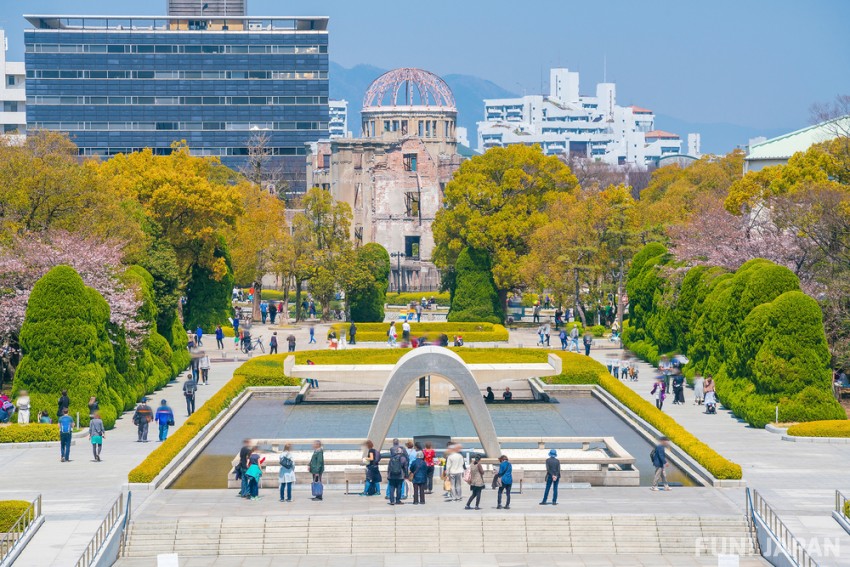
Hiroshima City's Naka Ward, where Peace Memorial Park is located, was the city's central downtown area where the city hall and prefectural government buildings were located from the Edo period to the early Showa period. After the atomic bombing, the Hiroshima Peace Memorial Park (平和記念公園 / Heiwa Kinen Koen) was completed in 1955 in order to develop the area around the hypocenter as a symbol of permanent peace based on the Hiroshima Peace Memorial City Construction Law promulgated on August 6, 1949. Architect Kenzo Tange and three others were in charge of the design.

The 122,100-square-meter Peace Memorial Park was designated as a Place of Scenic Beauty in 2007. The park houses the Atomic Bomb Dome, which is registered as a World Heritage Site, the Hiroshima Peace Memorial Museum, an Important Cultural Property, and many cenotaphs and memorials, including the Cenotaph for the A-bomb Victims.
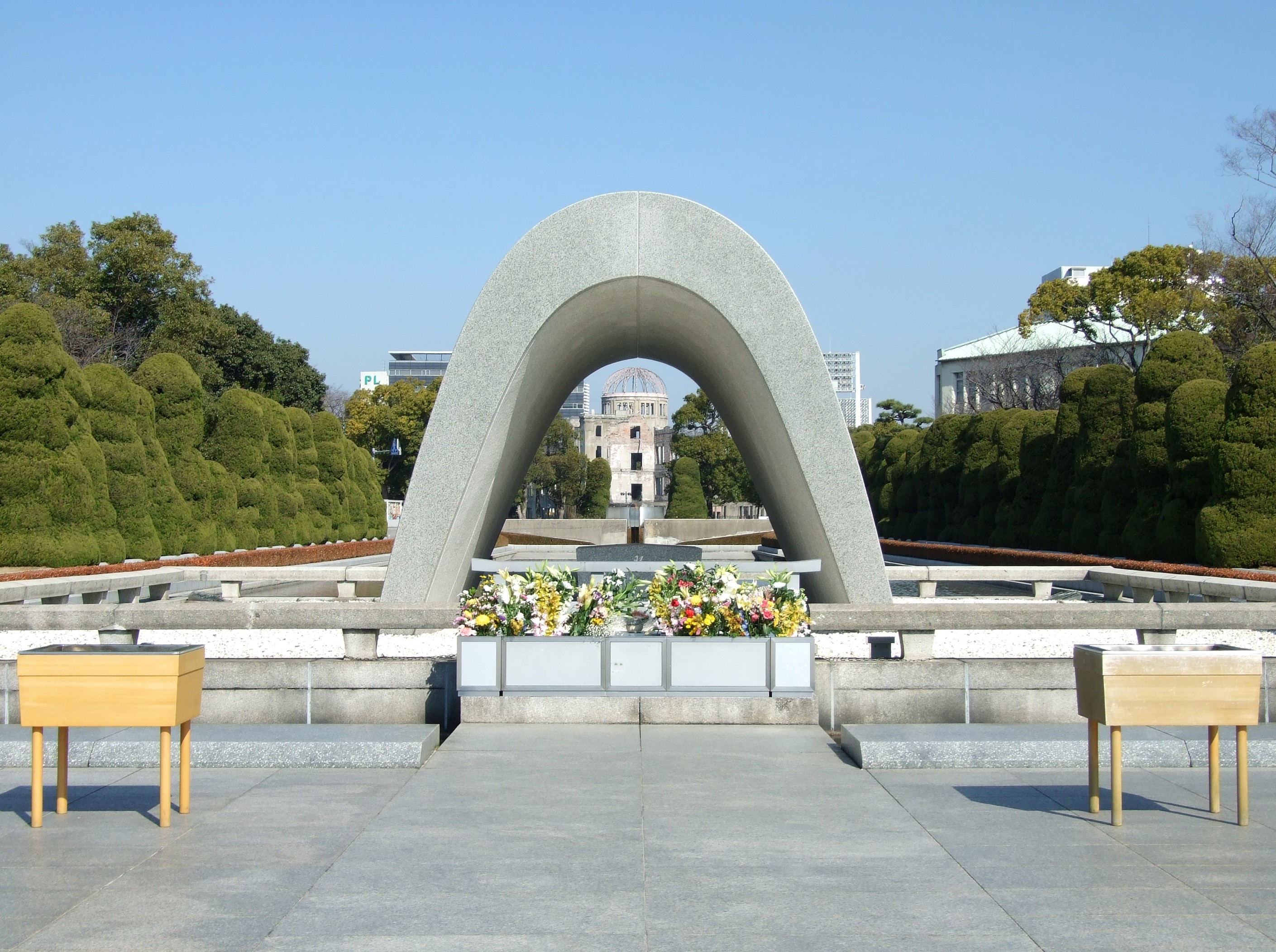
Courtesy of Hiroshima Prefecture
There are a total of 35 monuments and cenotaphs in the park. The Cenotaph for the A-bomb Victims, which contains a list of the names of those who died in the atomic bombing, has a haniwa house-shaped roof because of the thought "to protect the souls of the atomic bomb victims from rain and dew". If you look into the gap of the roof from the front of the memorial monument, you can see the Atomic Bomb Dome directly in front of you in the distance. The front of the monument is engraved with the wish for peace, "Let all the souls here rest in peace; For we shall not repeat the evil".
At the Cenotaph for the A-bomb Victims, the general public can also go up to the flower offering stand to offer flowers and pray.
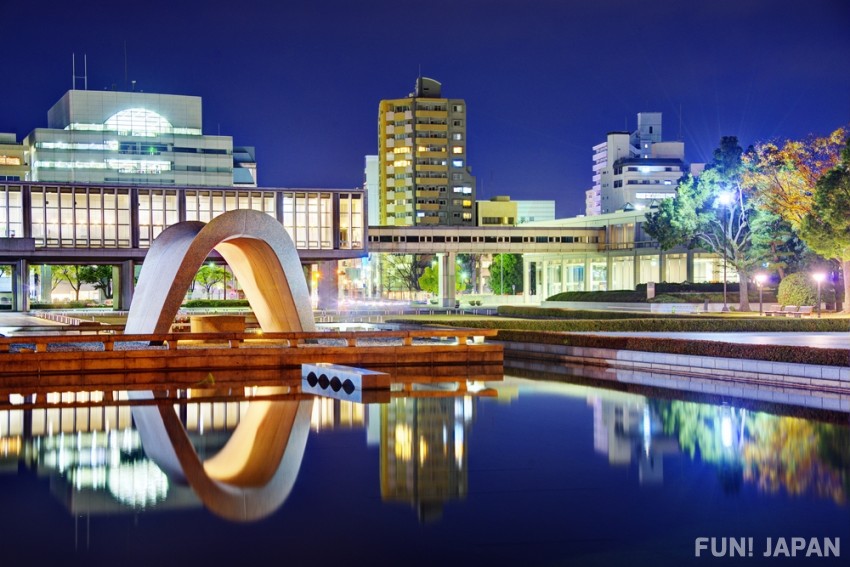
Surrounding the Cenotaph for the A-bomb Victims is the Pond of Peace in the center of the park. The pond was built to comfort the souls of the atomic bomb victims who died while seeking water and help. It was designed so that the cenotaph stands out, and every year on August 6th, the Peace Memorial Ceremony is held here, followed by a moment of silence at 8:15 am.

Courtesy of Hiroshima Prefecture
After the death of Sadako Sasaki, who was exposed to the atomic bombing when she was only two years old, her classmates called on the whole country "to build a memorial monument for all the children who died in the atomic bombing". The "Children's Peace Monument (also known as the Tower of a Thousand Cranes)" was built with donations from nine countries around the world, including the United Kingdom. Even now, about 10 million origami cranes are offered every year not only from Japan but from all over the world.
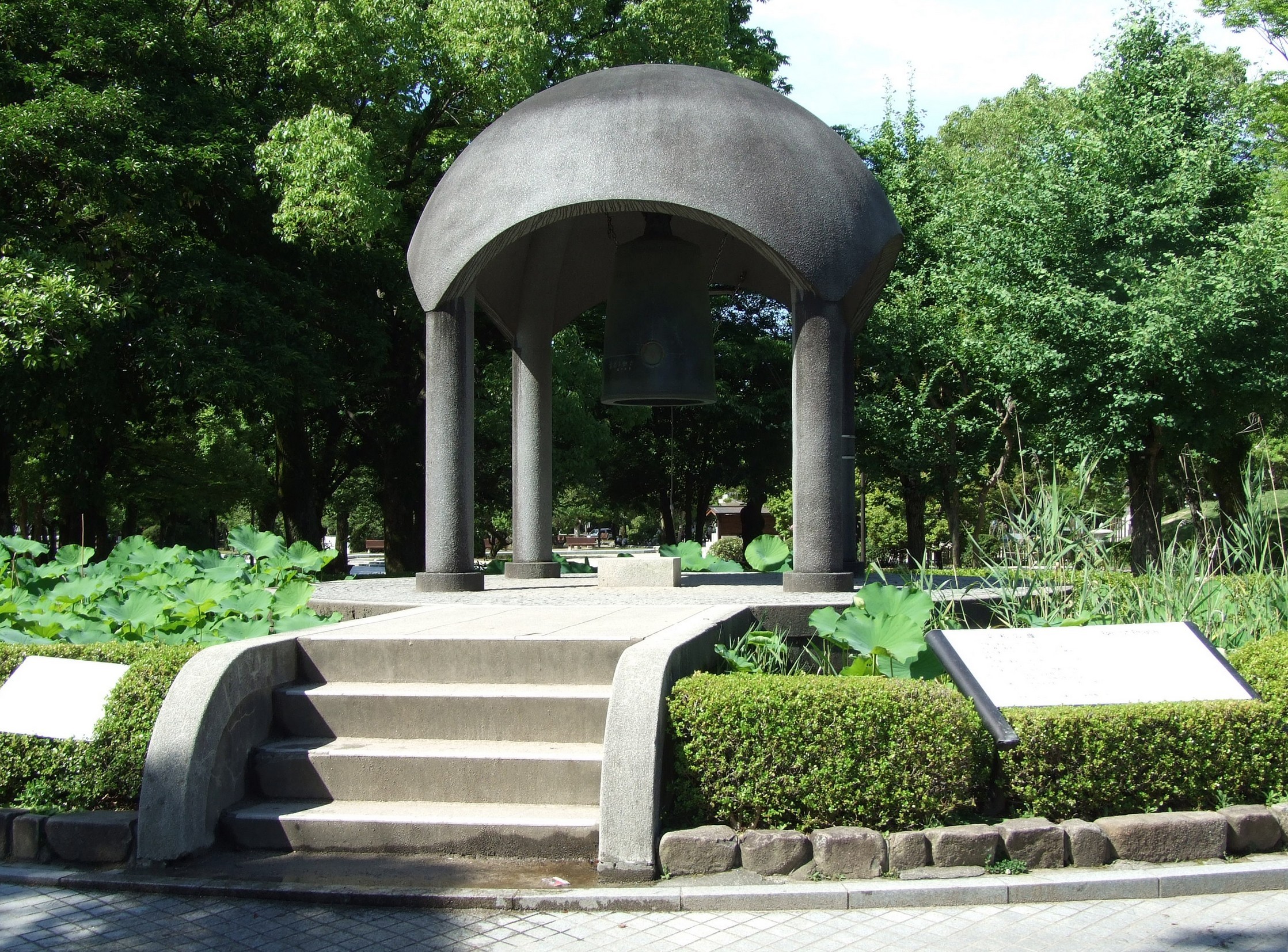
Courtesy of Hiroshima Prefecture
A dome-shaped bell tower that expresses the universe. The surface of the bell is embossed with a borderless world map symbolizing "the world is one". The bell rings out in the garden at 8:15, the time when humanity first experienced the atomic bomb, to pray for world peace. The sound of this bell has been selected by the Ministry of the Environment as one of the "One Hundred Sounds the Japanese People Wish to Preserve".
The Atomic Bomb Dome, the only building in the world that conveys the devastation caused by nuclear weapons
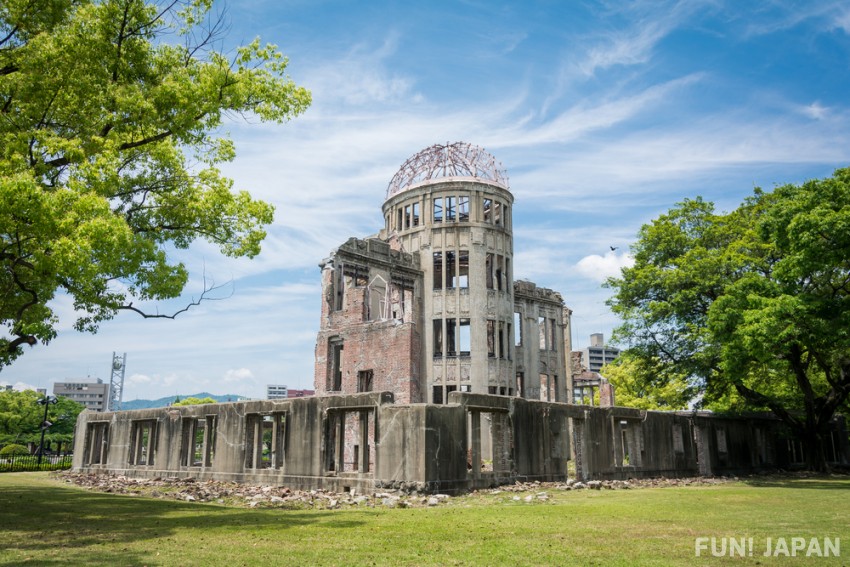
Hiroshima in the late Meiji period was flourished with traditional and modern industries. Due to the huge demand for the development of munitions products and the market expansion, the original building of the Atomic Bomb Dome which served as the base was completed in April 1915 as the Hiroshima Prefectural Commercial Exhibition Hall. In contrast to most of the buildings in the city center of Hiroshima were two-story wooden buildings at that time, the European-style commercial exhibition hall which served as a museum and art gallery was rare thus was counted as one of the famous places in Hiroshima.
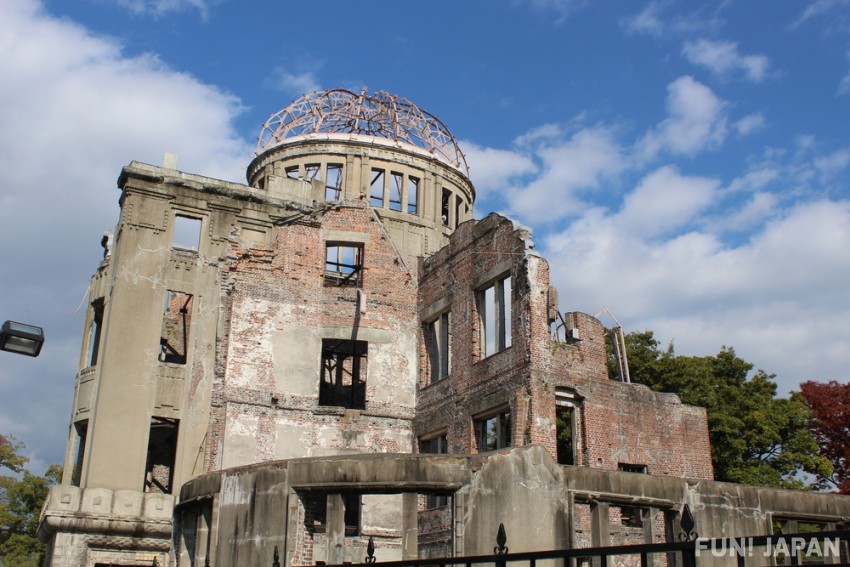
On August 6, 1945, an atomic bomb was dropped. Although the building itself was completely destroyed by the bombing at a close distance from the hypocenter, the central part of the building miraculously escaped collapse, remaining as one of the few buildings near the hypocenter that survived the atomic bombing. After the war, it came to be called the "Atomic Bomb Dome" because of its exposed steel frame.
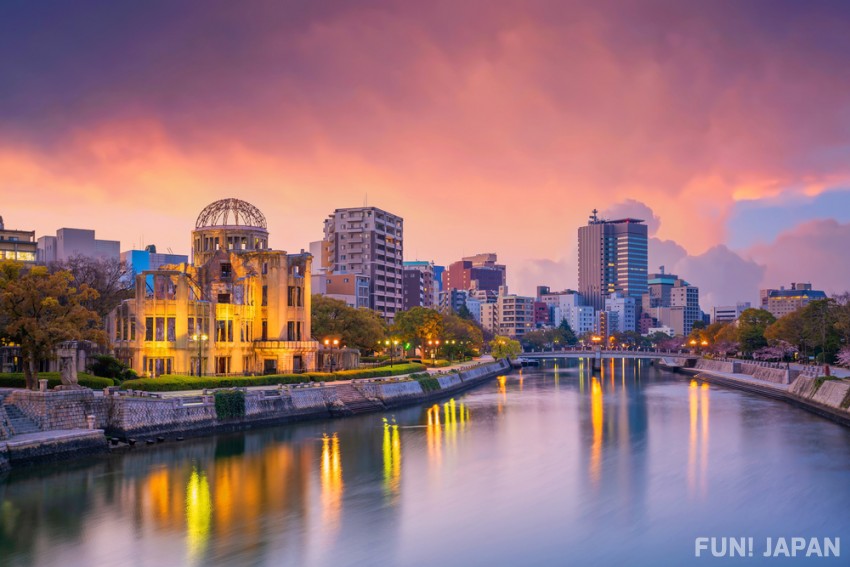
The Atomic Bomb Dome was registered as a UNESCO World Heritage Site in 1996, and is now a renowned tourist attraction in Hiroshima Prefecture. However, back then, there was debate as to whether to keep it as a memorial or to demolish it as it would lead to tragic memories of the atomic bombing.
The Atomic Bomb Dome was handed over from Hiroshima Prefecture to Hiroshima City in 1953 and has been preserved almost in its original form after the bombing. In July 1966, the Hiroshima City Council passed a resolution calling for the preservation of the Atomic Bomb Dome, and started a fundraising campaign. In 1996, it was finally decided to preserve it permanently. So far preservation work has been carried out three times.
Peace Memorial Park and the Atomic Bomb Dome
- Address: 1 Nakajima-cho and 1-10 Otemachi, Naka Ward, Hiroshima City, Hiroshima
- Opening hours: Always
- Closed days: No holidays
- Access: About 5 minutes on foot from Hiroshima Electric Railway "Astram Line Hondori Station"
The Hiroshima Peace Memorial Museum, which continues to appeal to future generations with "NO MORE HIROSHIMA"

The Hiroshima Peace Memorial Museum is a museum on the premises of Peace Memorial Park in Naka Ward, Hiroshima City, that exhibits materials related to the atomic bombing. On July 5, 2006, the main building was designated as the first national Important Cultural Property as a post-war building. Like the Peace Memorial Park, the building was designed by Kenzo Tange and has received international acclaim.

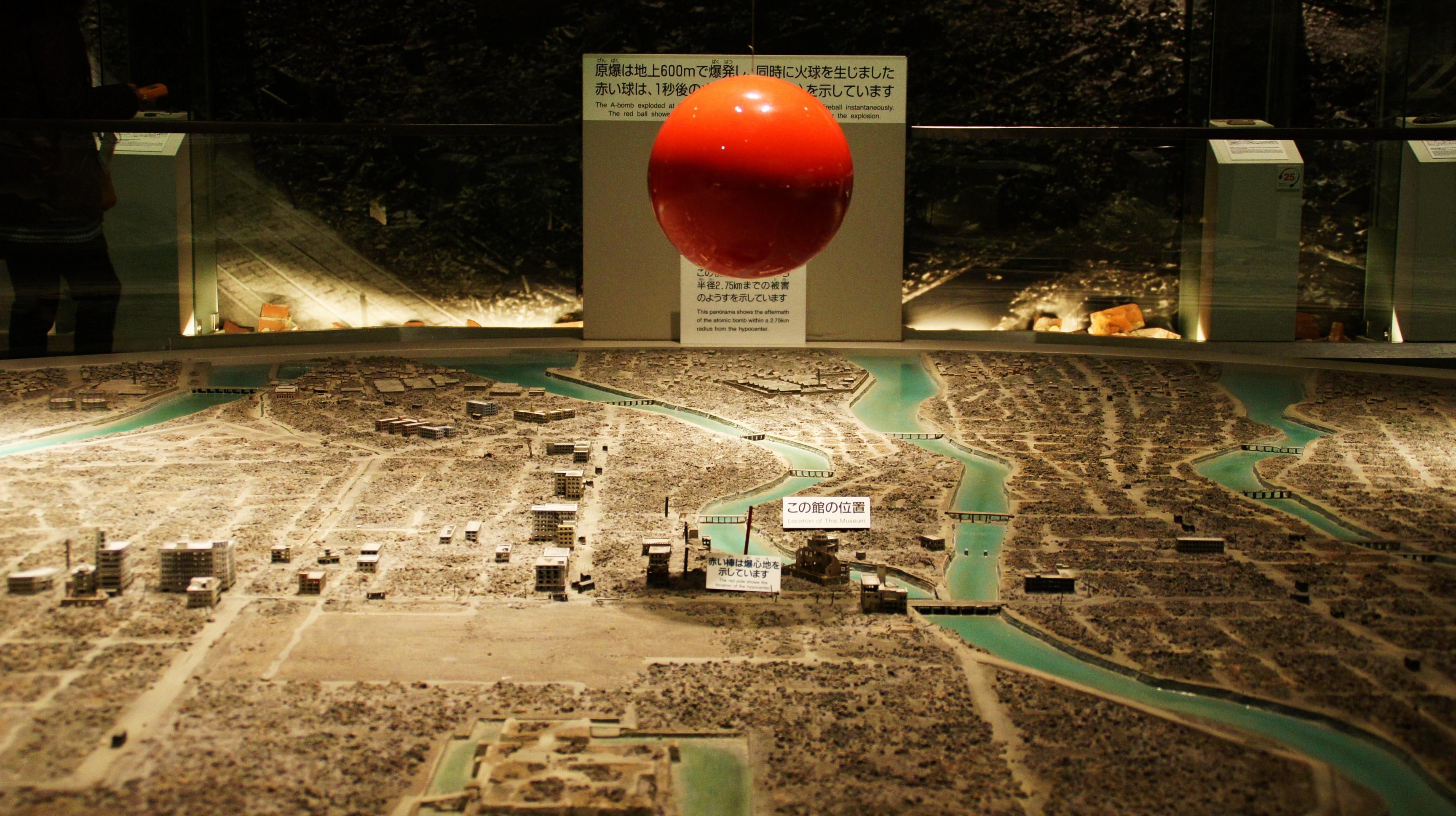
Inside the building, the "East Building" on the east side and the "Main Building" on the west side are connected by a corridor. In the East Building, in addition to introducing the history of the atomic bombing of Hiroshima through three exhibition zones: "Introductory Exhibit", "The Dangers of Nuclear Weapons", "Hiroshima History", special exhibitions and new material exhibitions are also held. On the other hand, in the main building, the relics of the A-bomb survivors and the tragedy of the atomic bombing are displayed with photographs and materials, helping visitors to understand what actually happened in Hiroshima on August 6, 1945.


More than 20,000 items of atomic bomb disaster materials are on display in the museum, including a video corner of testimonials of A-bomb survivors and mementos of those who died in the atomic bombing. Under the slogan "NO MORE HIROSHIMA," it will continue to advocate that "the Hiroshima tragedy caused by the dropping of the atomic bomb should never be repeated".
Hiroshima Peace Memorial Museum
- Address: 1-2 Nakajimacho, Naka Ward, Hiroshima City, Hiroshima Prefecture
- Opening hours:
- March - July / 08:30 - 18:00
- August / 08:30 - 19:00 (until 20:00 on August 5th and 6th)
- September - November / 08:30 - 18:00
- December - February / 08:30 - 17:00
- Closed:
- December 30th - December 31st
*The information room will be closed from December 29th to January 1st. - Exhibition replacement period / February (for 3 days from the middle of the month)
- Price: Adults (university students and above): ¥200, high school students: ¥100, junior high school students and younger: free
- Access: From JR Hiroshima Station, take the Hiroshima Bus No. 24 (Yoshijima) line bound for "Yoshijima Office" or "Yoshijima Hospital" and get off at "Peace Memorial Park".
- Homepage: https://hpmmuseum.jp/?lang=eng
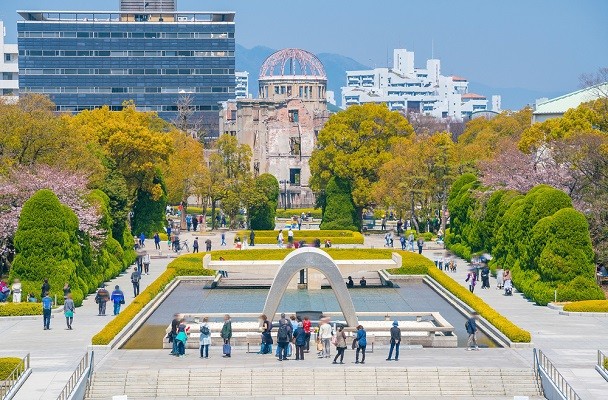
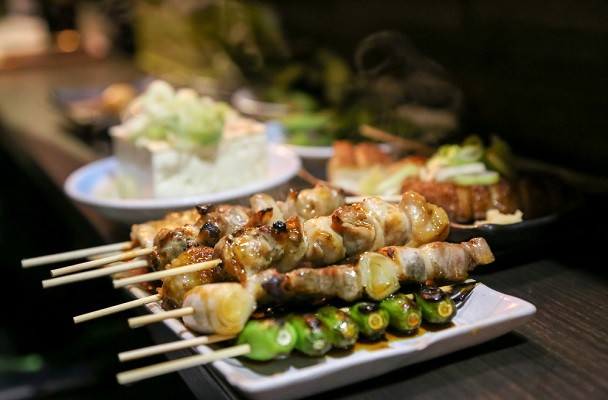

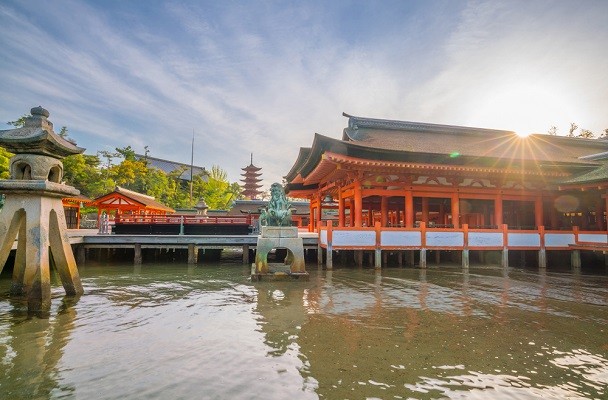
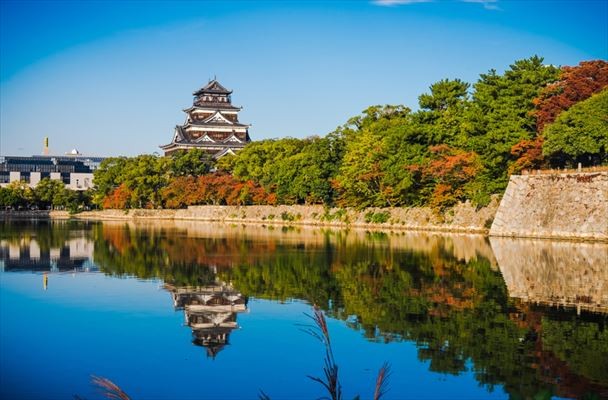

Comments